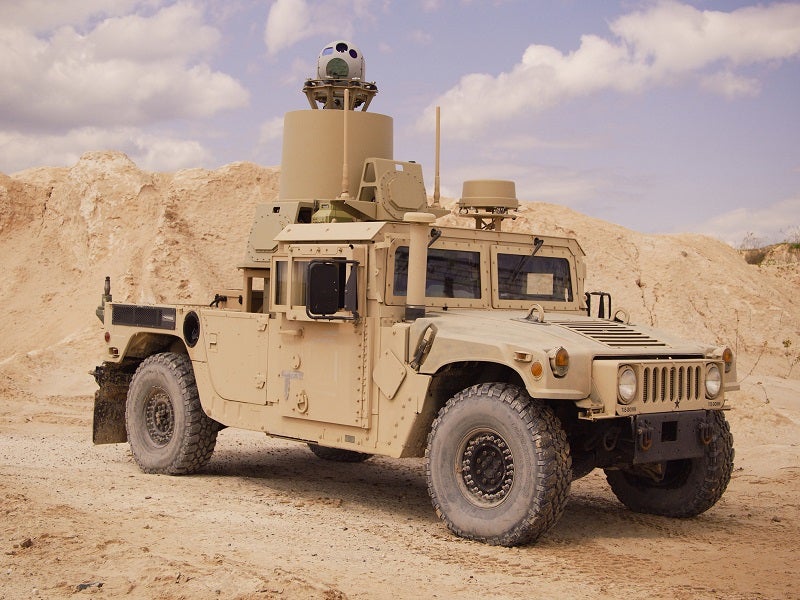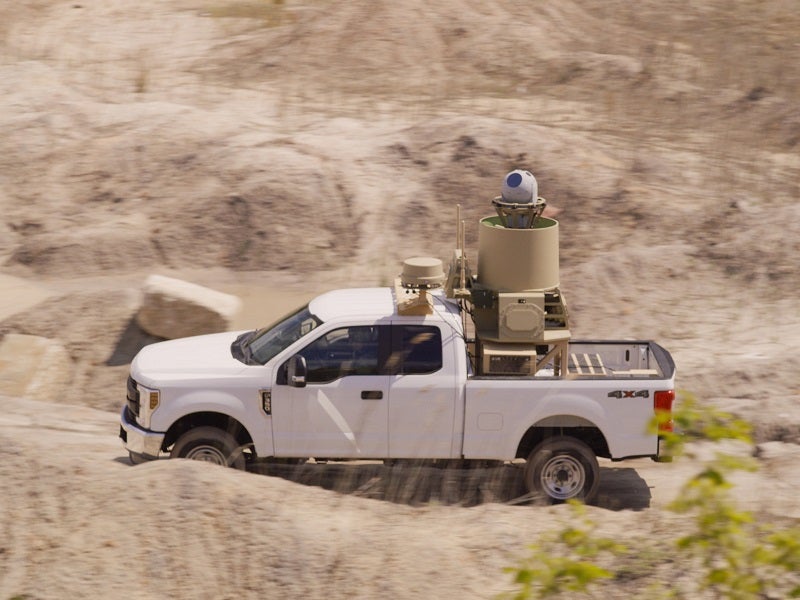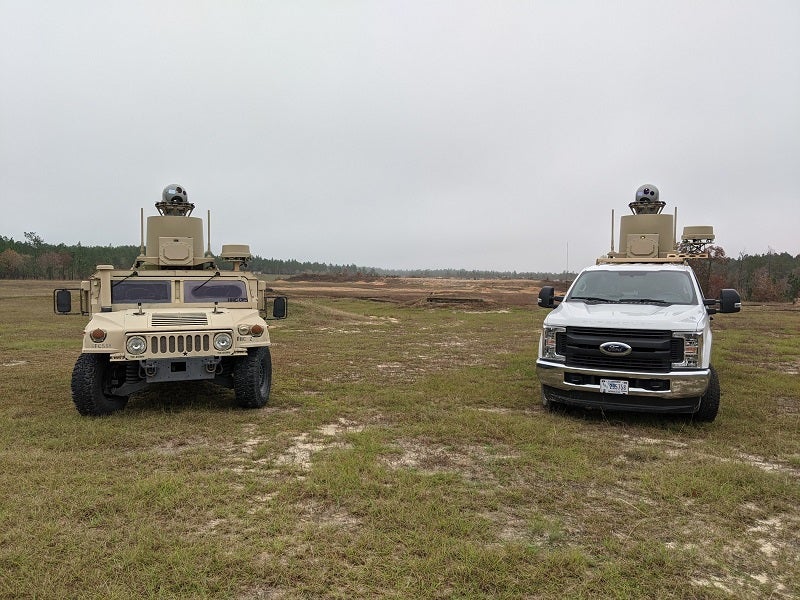The On the Move (OTM) V4 counter-small unmanned aerial system (C-sUAS) is a mobile counter-drone system equipped with advanced technology to provide enhanced detection and tracking capabilities.
The new C-sUAS is manufactured by electronic systems supplier ELTA North America (ENA) for the US Department of Defense (DoD) and the Department of Homeland Security (DHS).
ENA is a wholly-owned subsidiary of IAI North America, which is, in turn, a subsidiary of aerospace and defence company Israel Aerospace Industries (IAI).
The company developed the OTM V4 C-sUAS under a contract with the Irregular Warfare Technical Support Directorate (IWTSD), formerly known as Combating Terrorism Technical Support Office (CTTSO), to deliver five units.
The deliveries of the OTM V4 counter-drone system to IWTSD were started in December 2020 and completed in August 2021.
OTM V4 design and features
The vehicle-mounted, multi-layered advanced counter-drone solution is integrated with multiple sensors to detect, disrupt, and defeat rotary and fixed-wing sUASs. It also features an early warning mechanism.
The system provides soft kill through radio frequency (RF) mitigation and hard kill using an optional smash kinetic interceptor to defeat drones with minimal or no collateral damage.
OTM V4 can be mounted atop armoured vehicles such as High Mobility Multipurpose Wheeled Vehicle (HMMWV) and Ford F350. The overall weight of the C-sUAS’ subsystems is 507lb (230kg). All the components of the OTM V4 have a technology readiness level (TRL) of nine.
Mission capabilities of OTM V4 C-sUAS
The OTM V4 C-sUAS can be deployed in a range of missions including counter-drone, air defence, counter-rocket, artillery, and mortar (C-RAM), and border protection.
Dismounted soldiers in the field can share the information in a secured way through Android Team Awareness Kit (ATAK) and TAC4G long-term evolution (LTE) broadband tactical communications system.
The C-sUAS can mitigate the scalable effects of a UAS in its range using non-kinetic electronic disruption and deterrence. It can take over the control of the drones using RF signals and set a new flight path for the target, return it home, or safely land it for retrieval. The C-sUAS can be optionally equipped with highly accurate, computer-aided small arms fire to provide kinetic effects to either disable or damage the drone.
Sensors onboard the counter-drone system
The counter-drone system uses sensor data fusion technology to classify threats and high-performance electro-optical/infra-red (EO/IR) units to identify both air and ground-based targets. The transportable and mobile solution incorporates a fully-phased array, multi-mission 3D radar to detect and track UASs.
The four-panel surface movement radar (SMR) onboard the OTM V4 provides simultaneous transmission capability with high time-on-target (TOT) and energy. The counter-drone system provides a 360° coverage to effectively track and detect threats.
The radar has a peak power requirement of 576W and provides a field of view (FOV) of 100° per panel in azimuth. The elevation angles of the radar to search for threats and track high payoff targets (HPTs) are up to 30° and 60°, respectively. The combined weight of the four radar panels and SMR is 330lb (150kg). The radar can track more than 100 targets simultaneously. It has a revisit time of less than two seconds.
The 360° coverage EO/IR camera has a diameter of 15in, height of 24in, and weight of 77lb (35kg). The peak power consumption of the camera is 430W, while the slew rate is 60° per second. The EO/IR camera provides continuous zoom capability and receives target cues from the radar for visually identifying the target. Once the target is identified, the RF jammer or drone takeover system is activated to engage it.
The onboard COMJAM RF jammer’s ultra-high frequency (UHF) antenna offers a coverage of 90° in both azimuth and elevation. The high band antenna of the jammer provides the FOV of 40° in azimuth and 80° in elevation. The RF jammer has directional antennas and can cover a frequency range from 400MHz to 6GHz.
The passive RF mitigation system features a software-defined radio (SDR). It has omni-directional antennas for wider coverage and frequency range of 400MHz to 6GHz.






